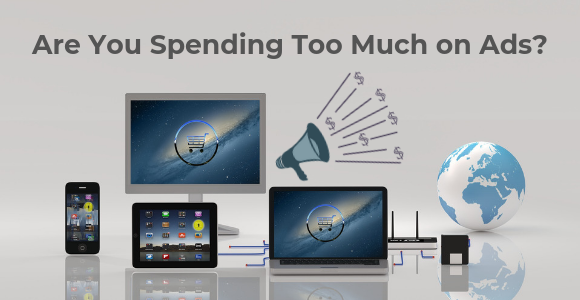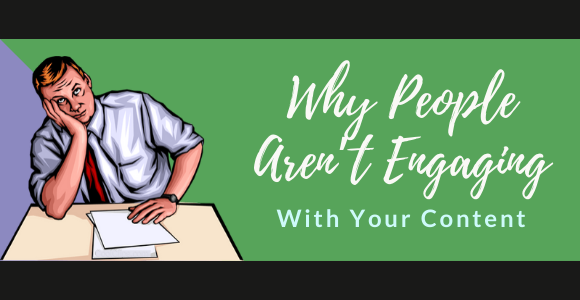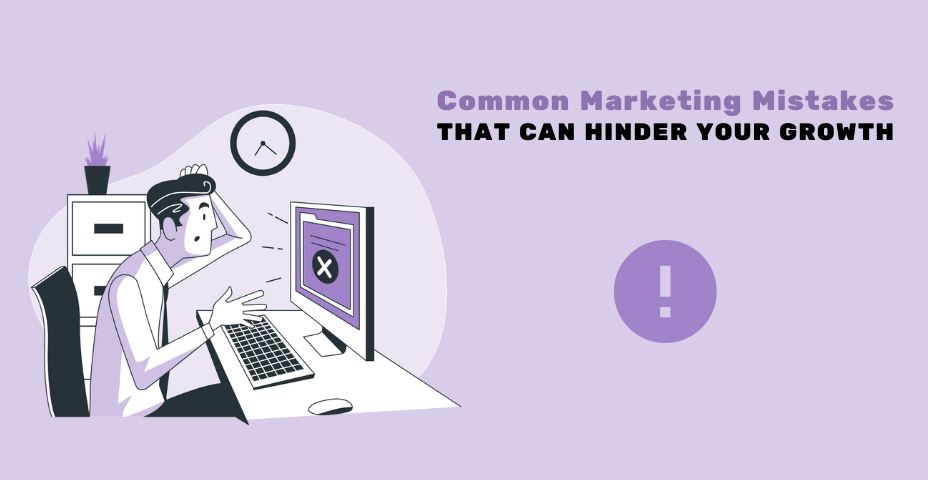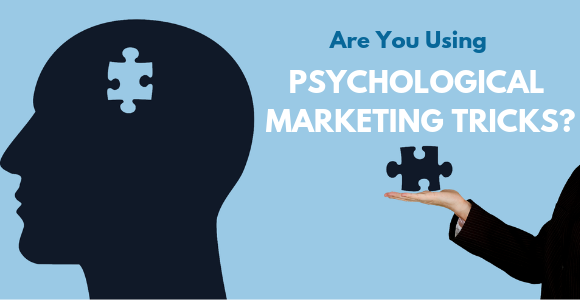As a content writer, I spend a lot of time on the Internet, reading E-commerce articles. I pay special attention to statistics, and I see the same numbers for different years. I’ll talk about the trustworthiness of web articles another time (I promise), but I could not miss the following statistic that has been around since 2017:
For every $92 spent on generating traffic and getting customers, only $1 is spent on converting these customers.
I have just recently stumbled upon the same quote in an article about 2019’s E-commerce and conversion statistics. I will not question the fact that the numbers have actually not changed since 2017. There are some more important questions right now, and namely:
Shouldn’t we focus on user conversions instead of pointless ads?
Yes, we should! Think about it, people are willing to pay 100 bucks for ads that guarantee traffic and only $1 for user conversion… If you are happy with 10% sales out of your traffic, imagine how much this percentage could improve if you spent $10, and why not – $50 on user conversion.
How to Invest in User Conversion?
Quality Content Writing Services are a Good Start
The only problem with user conversion is that you cannot find a “user conversion service provider,” pay that provider a certain amount of money, and wait for results. Instead, you should find the answer to the following question:
What converts users?
The answer is simple, your products or services. Or more precisely, how you are selling your products or services. Sometimes, all you need is a good design and quality content writing services. To be sure your content is actually worth it, you should keep an eye on the following metrics:
#1. Bounce Rate
I won’t go much into the topic of bounce rate, as I’ve already covered it. When a user lands on a certain page of your website and closes it without engaging with other pages, your bounce rate score gets higher. While this is not necessarily a bad thing, you can definitely try to put more effort into engaging your readers to check out the rest of your website content.
#2. Average Time on Page
Now, this is something I haven’t yet covered. There are a couple of questions that need to be answered before going into detail:
Q: What is a good “Average Time on Page” rate?
A: While many webmasters report between 40 and 50 seconds, that really depends on your website’s goal. If you are maintaining a blog with articles that take between 5 and 10 minutes to read, you’re doing something wrong. Instead of looking for general answers, act as your potential customers, navigate your website, read some of the text, make a purchase, time yourself, and see if this is far-off your Google Analytics stats.
Q: Why do people spend too much time on my website and still don’t make a purchase?
A: Perhaps your content is too confusing, perhaps your visitors were already converted when they landed on your website but something turned them off and now they are keeping the tab open, wondering if they shouldn’t find another provider. Sometimes simplicity is the key!
The conclusion is that you should not blindly rely on ads and traffic to convert your readers into customers. Want to hear another “cliché stat”? Here it goes:
Only 22% of the businesses are satisfied with their conversion rates.
Ads are pointless when you are not meeting your potential clients’ expectations. Don’t just lure people into visiting your website. Instead, you should think of how to win these people as returning customers. You should be clear about what you offer, your website content needs to be engaging enough and not aggressively promoting.
Now, don’t get me wrong, online ads are definitely worth it, just make sure you don’t disappoint your target audience with your products/services and the way you market those products/services first.







